


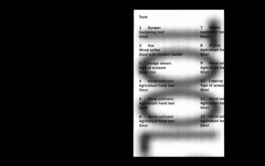
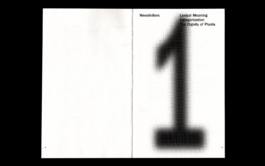
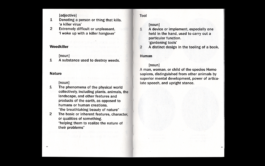
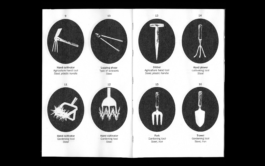
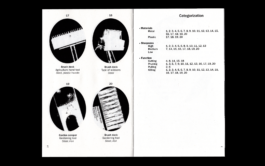
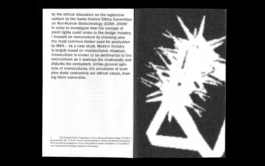
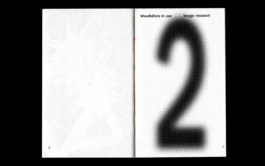
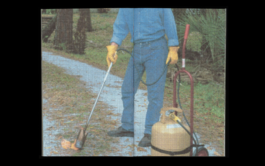
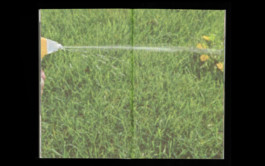
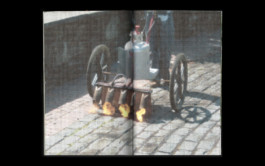

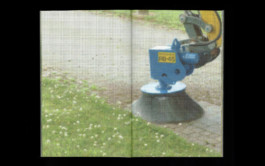
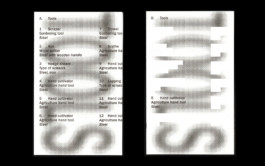
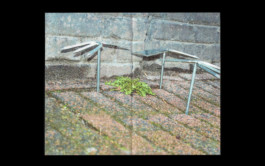
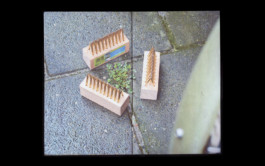
Tools A, B: Looking back at the tools between human beings and Nature
Whether or not it be for the general good, life is robbery. It is at this point that with life morals become acute. The robber requires justification.
Alfred North Whitehead (1861 – 1947)
“We should not harm or destroy plants arbitrarily.” This statement, written by the Swiss Federal Ethics Committee on Non-Human Biotechnology (ECNH) in 2008, comes from a legislative discussion regarding plants as living beings and protecting their dignity.
An example of arbitrary mistreatment of plants is a farmer who, after mowing the grass for his animals, decides to decapitate flowers with his scythe, for no real reason.
While The Ethics Committee unanimously agreed on opening up relevant discussions on the subject, the rights of plants cannot be considered to be absolute or to provide fixed solutions. Different life forms rely on one another and the relationship between all living beings is complex.
However, discussing the rights of plants give us a fresh perspective on everyday objects and the actions associated with them, and allows us to imagine possibilities and feasible changes we may have to take in different cases.
Based on this premise, 'Looking back at the tools between human beings and nature' is an attempt to reveal the discrepancy between our ideals and practices. The project explores the ambivalent attitude towards work products associated with plants.
The book is divided into two volumes.
As a starting point, the first volume looks into gardening and agricultural tools, and their usage. It demonstrates their dangerous potential and their possible use for violence. A chart demonstrates the sharpness, materiality and various utilizations of the tools. A series of photographs collected from the Internet track the “arbitrary harm” these tools create through the images for the commercial value, the profit value, the aesthetic value etc.
The second volume, attempts, through photographic documentation, to offer alternative use of these different tools.
2018
Digital print on paper
Volume A (114 pp), Volume B (34 pp), 21 x 13 cm
In collaboration with Seokyung Kim















Tools A, B: Looking back at the tools between human beings and Nature
Whether or not it be for the general good, life is robbery. It is at this point that with life morals become acute. The robber requires justification.
Alfred North Whitehead (1861 – 1947)
“We should not harm or destroy plants arbitrarily.” This statement, written by the Swiss Federal Ethics Committee on Non-Human Biotechnology (ECNH) in 2008, comes from a legislative discussion regarding plants as living beings and protecting their dignity.
An example of arbitrary mistreatment of plants is a farmer who, after mowing the grass for his animals, decides to decapitate flowers with his scythe, for no real reason.
While The Ethics Committee unanimously agreed on opening up relevant discussions on the subject, the rights of plants cannot be considered to be absolute or to provide fixed solutions. Different life forms rely on one another and the relationship between all living beings is complex.
However, discussing the rights of plants give us a fresh perspective on everyday objects and the actions associated with them, and allows us to imagine possibilities and feasible changes we may have to take in different cases.
Based on this premise, 'Looking back at the tools between human beings and nature' is an attempt to reveal the discrepancy between our ideals and practices. The project explores the ambivalent attitude towards work products associated with plants.
The book is divided into two volumes.
As a starting point, the first volume looks into gardening and agricultural tools, and their usage. It demonstrates their dangerous potential and their possible use for violence. A chart demonstrates the sharpness, materiality and various utilizations of the tools. A series of photographs collected from the Internet track the “arbitrary harm” these tools create through the images for the commercial value, the profit value, the aesthetic value etc.
The second volume, attempts, through photographic documentation, to offer alternative use of these different tools.
2018
Digital print on paper
Volume A (114 pp), Volume B (34 pp), 21 x 13 cm
In collaboration with Seokyung Kim
© Minji Choi 2024